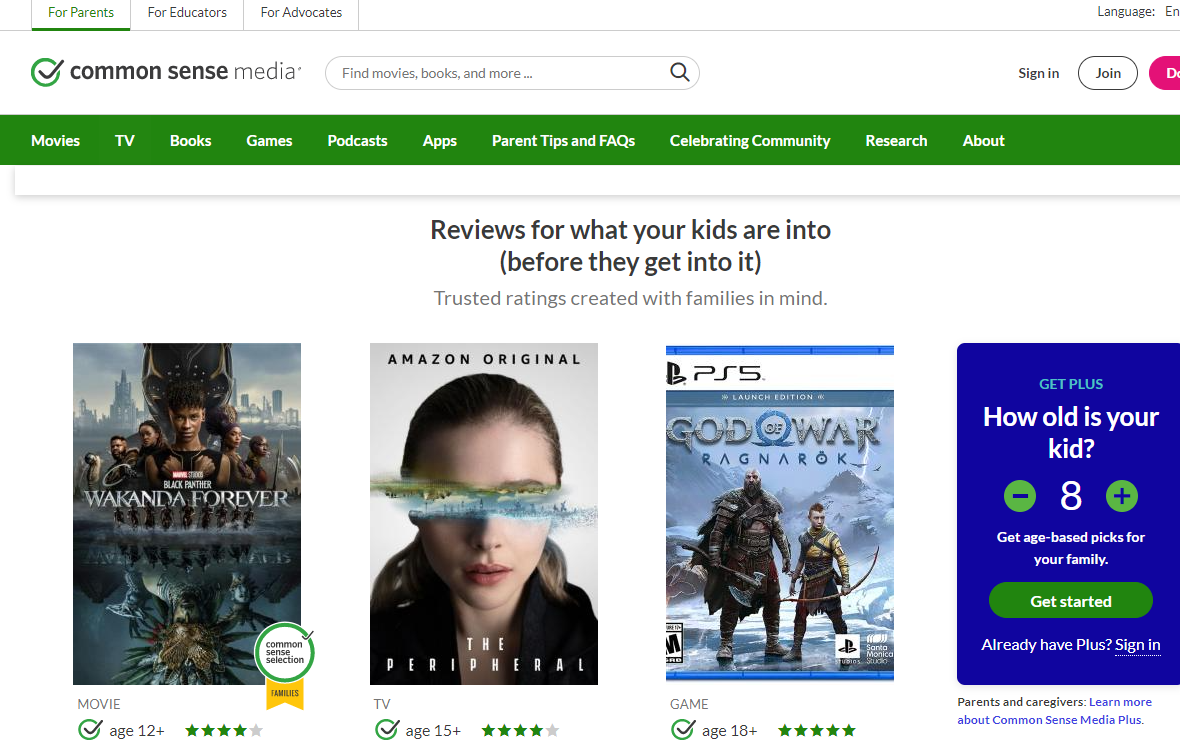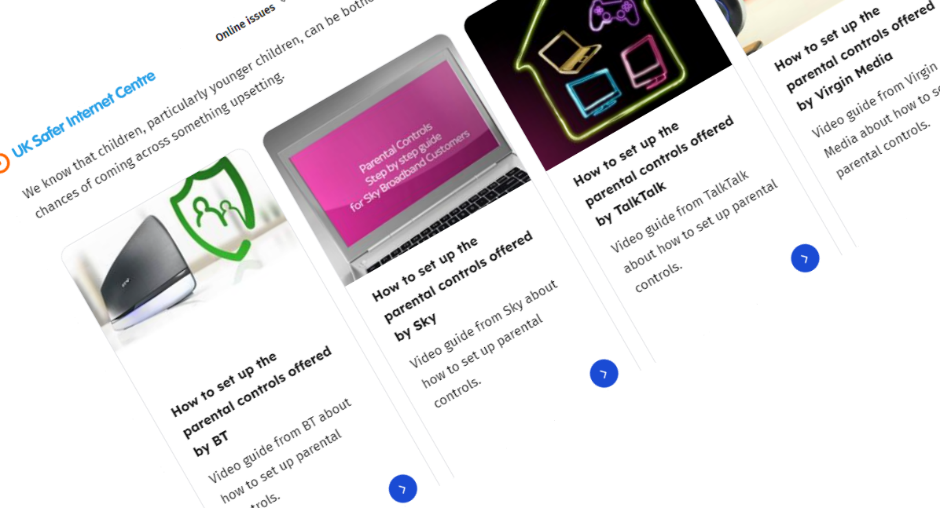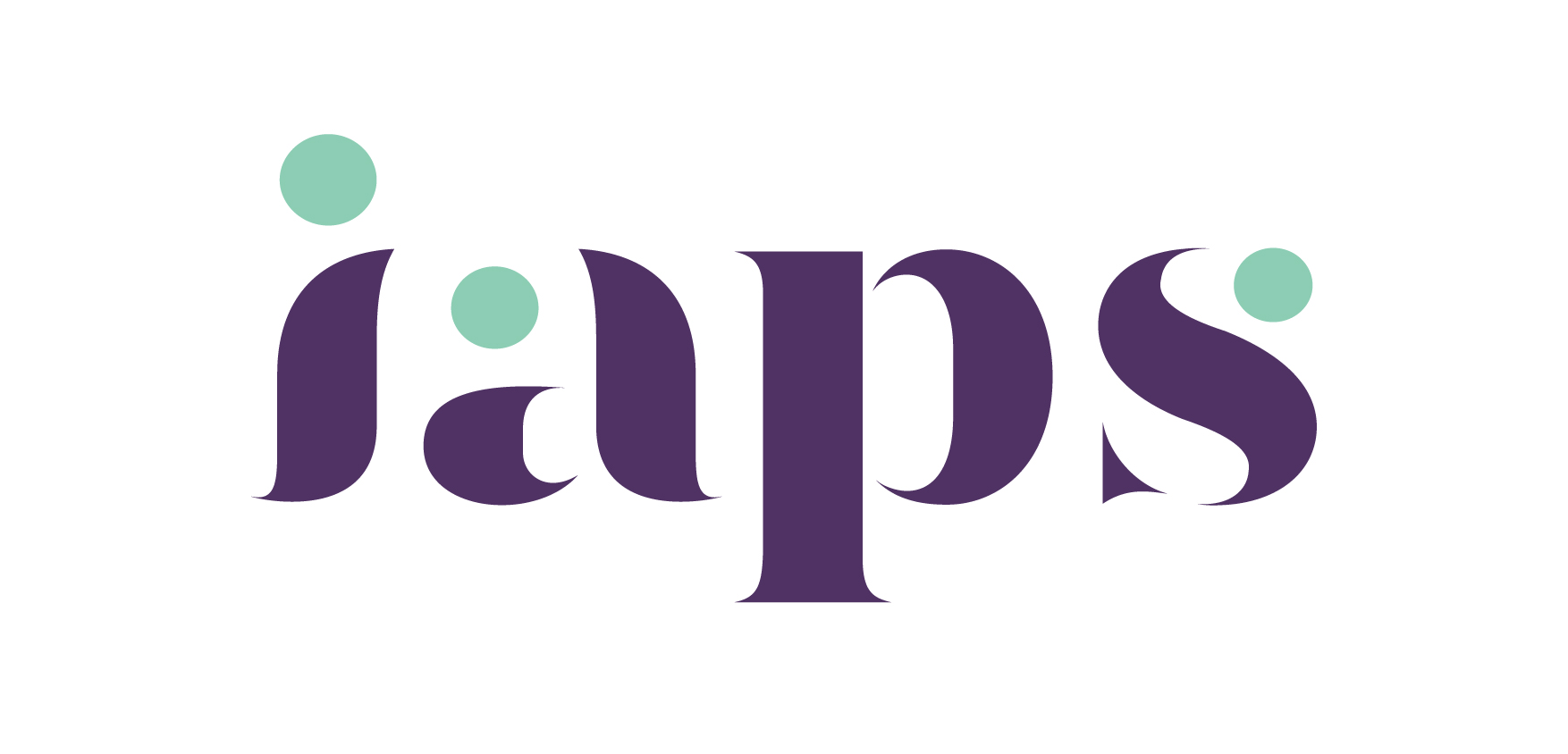From the IT Manager, Staying Safe Online — November 2022

Read the first in a series of bulletins on the subject of online safety from our IT Manager and DDSL for Online Safety, Peter Upfold.
Online safety is unfortunately not a simple issue, and it is important to mention that, despite the ambitious claims of some software vendors(!), there is no individual technical “solution” that you can install to solve this problem.
A successful online safety approach is a combination of the right technical toolkit, an open culture where children feel able to talk to the trusted adults in their lives, and, of course, clear and consistent boundaries.
Staying up to speed
The pace of change is relentless in this area, so being able to find resources to help explain new and emerging services and technologies can help us stay informed.
Websites such as Common Sense Media and Ask About Games can be extremely helpful in providing a quick reference when you are unsure about a specific game, service or app.


Gaming — content, communication and culture

The focus for video games has historically been on its content – this is somewhere where the age ratings you will see on physical game media and in app store listings is helpful (perhaps viewed alongside another source like Common Sense Media).
Photo by JESHOOTS.COM on Unsplash
It is important, however, to think as well about the culture and communications around a game that has online/multiplayer elements. If your child is playing an online game – who are they playing with? Do they know everyone they are playing with, and how do members of that community communicate and behave?
With games that are targeted to younger audiences, there are often tools available to ensure younger players only play with those you approve. Sites like Ask About Games can provide specifics on what controls are available and where to find them for specific games.
Blocking known inappropriate content on your home network
While at school, internet filtering is always in place to block content inappropriate for children. While no filter is 100% effective, this is a relatively easy measure to take that has a big impact.

Applying a network-level filter across your whole home is something offered by many of the major UK internet service providers: view this article on how to set up filters
If not covered in the guidance above, there are also free services that can achieve the same result. While a moderately technical process, there are various services and sets of instructions to follow below:
- 1.1.1.1 for Families: https://developers.cloudflare.com/1.1.1.1/setup/router/
- OpenDNS Family Shield: https://www.opendns.com/setupguide/?url=familyshield
- NextDNS
Social media and messaging services
Most social media services have a minimum age requirement of 13 years old. The reality is that a lot of children access many of these services despite this. Where possible, waiting until it is age appropriate to use these services is what we should aim for.
This is a much more tricky problem – ideally you should set up family managed accounts for your children, but these features are not always available. A prohibitive approach on the use of these services can be difficult where there is peer pressure and “everyone else is doing it”. (Although, “is everyone else doing it?” is a good question to ask.)
If your son does access these services, this is where open and transparent lines of communication with him are critical. The UK Safer Internet Centre has more specific guidance on individual services, including the controls available to manage some of the risks that come with using these.
Staying in touch
We have taken a whistle-stop tour of a few aspects of online safety in this first bulletin; there will be further opportunity to explore individual issues in more detail as we go through the year.
For any queries, please contact Peter Upfold.








